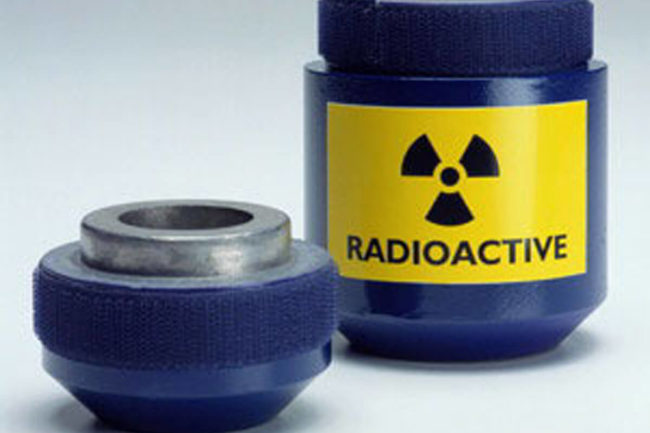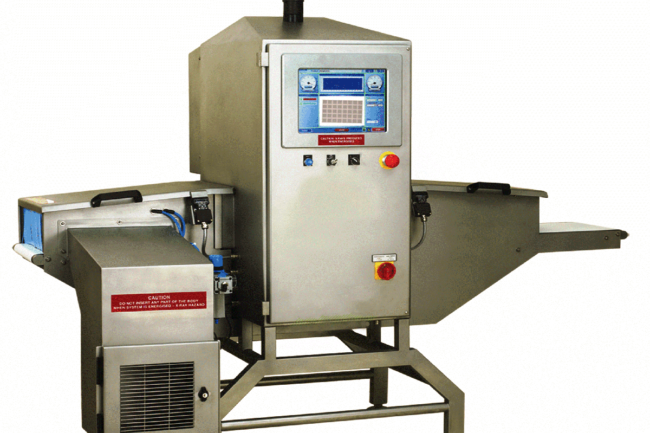A Guide to Dental X-Rays
Q: How do I choose an X-ray unit?
The focal spot of the X-ray tube must be marked on the outside of the unit and the unit’s shielding must ensure that X-ray leakage does not exceed 1 mGy/h at 1 m. A minimum of 1.5 mm of aluminium filtration (or equivalent) must be permanently installed and clearly marked. For normal diagnostic work 2.5 mm of Al (or equivalent) should be present with the additional 1.0 mm clearly labelled along with the total.
Prior to first use each installed X-ray unit must receive a Critical Examination (IRR99 reg 31) by the installer confirming the correct function of safety systems, leakage exposure rates and in-beam dose. An acceptance test must be performed prior to clinical use and thereafter routine tests at suitable intervals.
Q: What Regulations apply to the use of dental X-rays in the UK?
Q: Who is responsible for ensuring compliance with the Regulations?
IR(ME)R – The regs identify and describe the following duty holders (in the case of a small practice these are often the same person):
Employer – This person that takes legal responsibility for compliance with IRR99 and IR(ME)R. The Employer establishes a management system including regular audits.
Practitioner – A qualified medical practitioner (dentist) is responsible for providing the medical justification for each individual exposure. The dentist must be able to demonstrate that all radiographs will provide useful clinical information to benefit the patient.
Referrer – An individual entitled by the Employer to refer a patient for an X-ray. In most dental practices the Practitioner and Referrer are the same person.
Operator – The person who performs and is responsible for the actual exposure. The operator can be a dentist or a dental nurse.
Q: Who is responsible for ensuring compliance with the Regulations?
IR(ME)R – The regs identify and describe the following duty holders (in the case of a small practice these are often the same person):
Employer – This person that takes legal responsibility for compliance with IRR99 and IR(ME)R. The Employer establishes a management system including regular audits.
Practitioner – A qualified medical practitioner (dentist) is responsible for providing the medical justification for each individual exposure. The dentist must be able to demonstrate that all radiographs will provide useful clinical information to benefit the patient.
Referrer – An individual entitled by the Employer to refer a patient for an X-ray. In most dental practices the Practitioner and Referrer are the same person.
Operator – The person who performs and is responsible for the actual exposure. The operator can be a dentist or a dental nurse.
Q: As an Employer who operates dental X-ray equipment what are my duties?
IRR99 reg 4 – A management structure must be introduced including suitably trained and appointed persons. Sufficient financial and time resources must be made available for equipment, training, drafting and review of written procedures, record keeping and auditing.
The level of resources devoted to radiation protection will depend on the conclusions of the risk assessment. For modern dental equipment the exposure risk to both patients and staff is considered suitably low.
IR(ME)R reg 4 – An Employer must draft Written Procedures for the use of dental X-ray equipment including:
- Patient ID – to link each patient with their medical history, test results and any treatment specified by the Practitioner.
- Identify those authorised to act as – Practitioner, Referrer or Operator.
- Procedure to enquire about a female patient’s pregnancy status.
- A Quality Assurance program.
- Patient dose assessment.
- Diagnostic reference levels.
- Procedures for documenting the evaluation of each radiograph along with all pertinent details.
- Written protocols for operating each X-ray unit.
Each employer is responsible for ensuring that all Practitioners, Referrers and Operators are suitably trained.
Q: What is the limit on the number of dental X-rays I can perform?
A risk assessment will determine the protective measures required for the X-ray workload and the means of demonstrating compliance. For example, personal dosimetry badges are one means of assessing occupational exposure but they are not required if the workload for each staff member is fewer than 100 intra-oral exposures per week. Below this workload it is considered unlikely that any individual could exceed the 1 mSv annual dose limit for a member of the public.(1)Radiography workload levels should be monitored by the RPS to ensure that the weekly limit is not exceeded.
IR(ME)R – Considering patient exposures IR(ME)R requires that the number of X-rays an individual is given is limited by the need for Justification.
Justification [reg 6] – All exposures must be authorised by a dental Practitioner as being justified in providing new information to aid patients’ management or prognosis and this authorisation must be recorded. An enquiry should be made and recorded for all female patients of child bearing age as to whether they are or may be pregnant. If so then the number and timing of X-rays will be affected.
IR(ME)R [reg 8] – Requires that the Employer performs Clinical Audits on a regular basis to review the justification for individual exposures.
(1) Guidance Notes for Dental Practitioners on the Safe Use of X-ray Equipment.
NRPB June 2001.
Q: How do I keep radiation doses to patients as low as reasonably practicable (ALARP) as required by IRR99?
Optimisation [reg 7] – Achieved by the use of written instructions containing exposure settings that have been evaluated to give suitable diagnostic images at the lowest settings. All exposures must be evaluated, typically against a high quality image, and the results recorded with the instrument settings to allow future review of the images and patient dose. Where film is used, the type providing the fastest response and thus the shortest exposure time must be selected to minimise patient dose.
Q: What shielding and PPE do I need?
All dental practices should have suitable gowns and gloves (0.25 mm lead equivalent). However, procedures such as retreating behind a shielded screen or outside the room during exposures may preclude the need for routine use of PPE.
Q: What warning signs and lamps are required?
Q: What checks and quality control checks do I need to perform?
IR(ME)R – Quality audits should be performed on a representative batch of exposures to assess image quality and investigate the cause of any failures. HPA guidelines indicated that over 70% of all radiographs should be excellent, less than 20% clinically acceptable and less than 10% poor. Reference radiographs should be used for day-to-day comparison to identify any deterioration in image quality.
Q: What is a DRL?
(2) Institute of Physics and Engineering in Medicine (2005). IPEM Report 91. Recommended standards for the routine performance testing of diagnostic X-ray imaging systems.
Q: What training is required?
IR(ME)R (reg 11): All Practitioners, Referrers and Operators must have documented training with regular refresher training scheduled and audited by the Employer. Training for these individuals must include the relevant subjects detailed in sections A and B of schedule 2 IR(ME)ER.
Dental Practitioners registered with the General Dental Council must have an undergraduate degree conforming to the undergraduate dental curriculum in dental radiology and imaging and the core curriculum in dental radiography and radiology for undergraduate dental students.
Refresher training on radiation safety must be integrated into the five year recertification cycle for Practitioners and the same time period for Operators. If any new procedure is to be introduced such as panoramic exposures then suitable training must be given.
Q: Where can I get further advice and guidance?
To determine how best to comply with the IRR99 at your dental practice an RPA must be consulted. An MPE must also be retained by an employer to provide expert advice on the measurement and optimisation of patient exposure to X-rays. The MPE role is often fulfilled by a suitably qualified RPA.
Further information relating to dental X-rays is given in the following document:
Guidance Notes for Dental Practitioners on the Safe Use of X-Ray Equipment. NRPB 2001.
This document provides practical guidance on compliance with the relevant sections of the IRR99 and IR(ME)R for dental X-ray work.
Due to our heavy commitment to industrial and research clients Radman Associates does not currently offer RPA services to dental practices.
Need help?
To contact our team of HSE recognised Radiation Protection Advisors please email admin@radman.co.uk or call 01625 576000
Copyright © Radman Associates 2010



